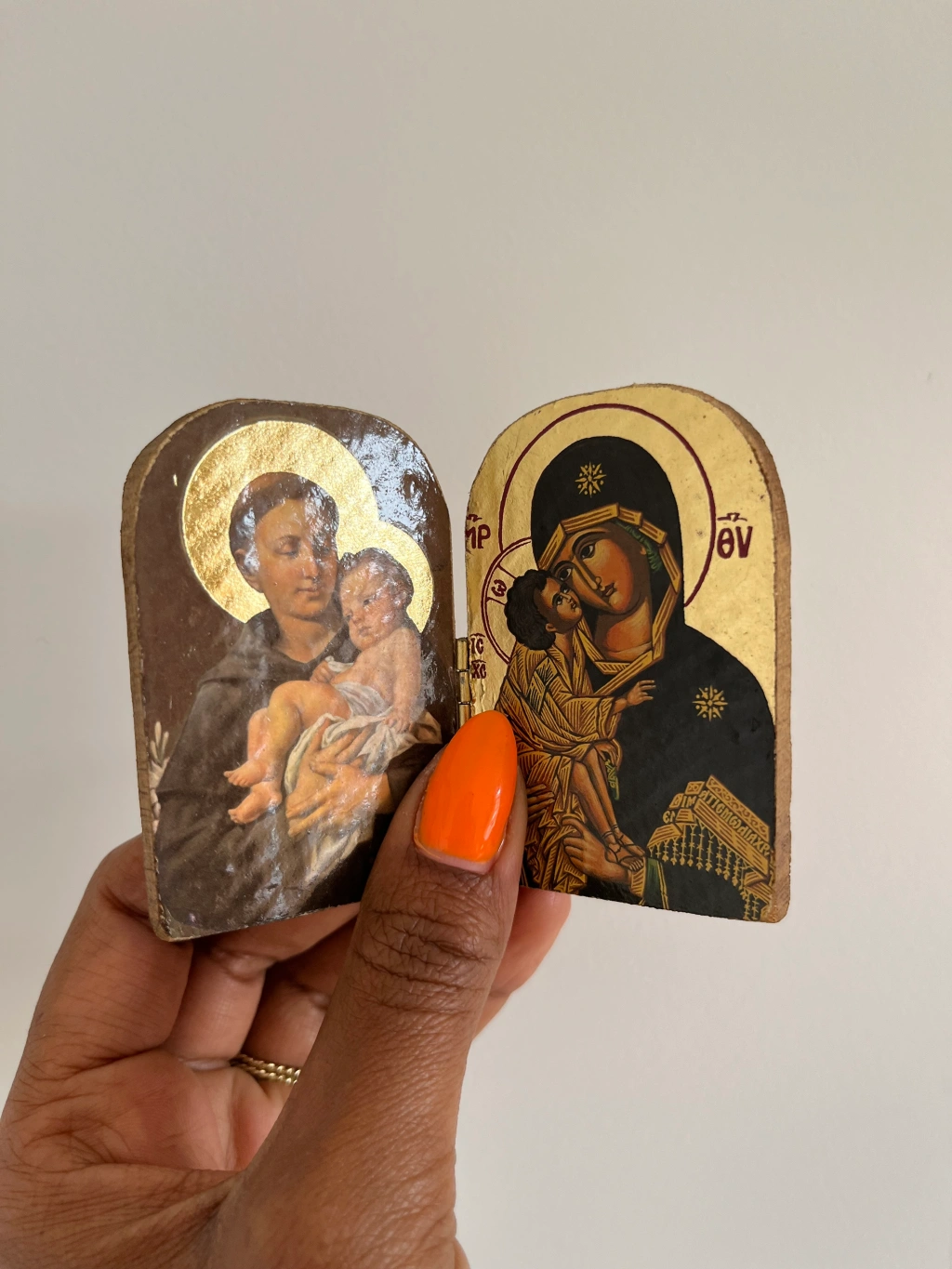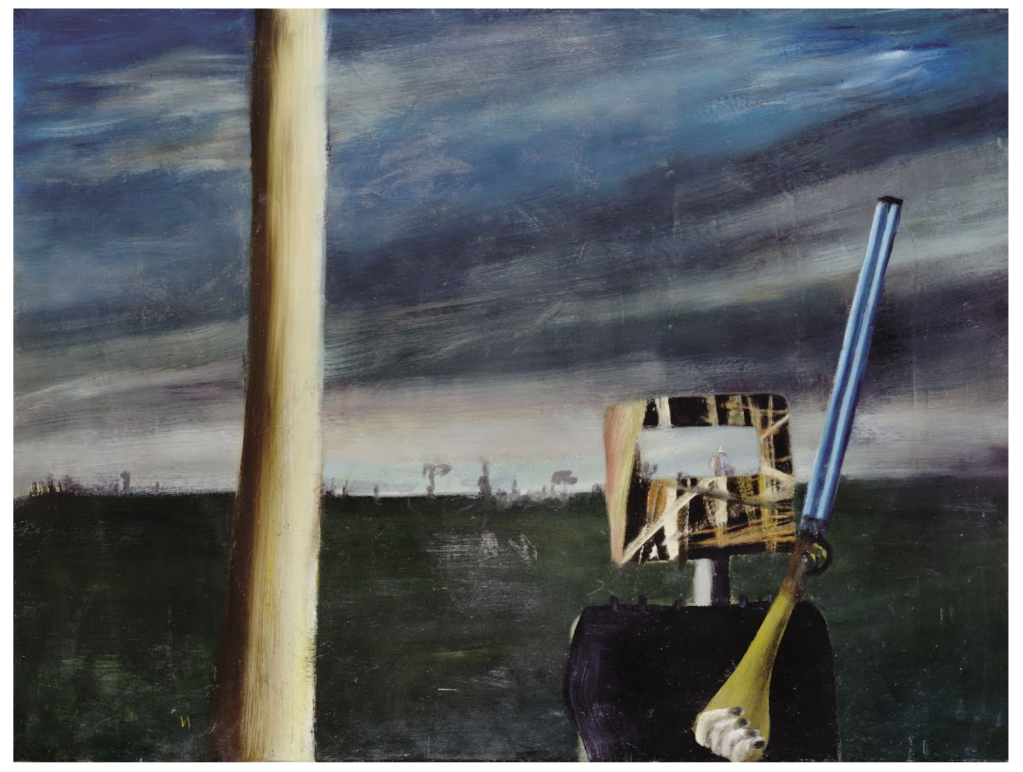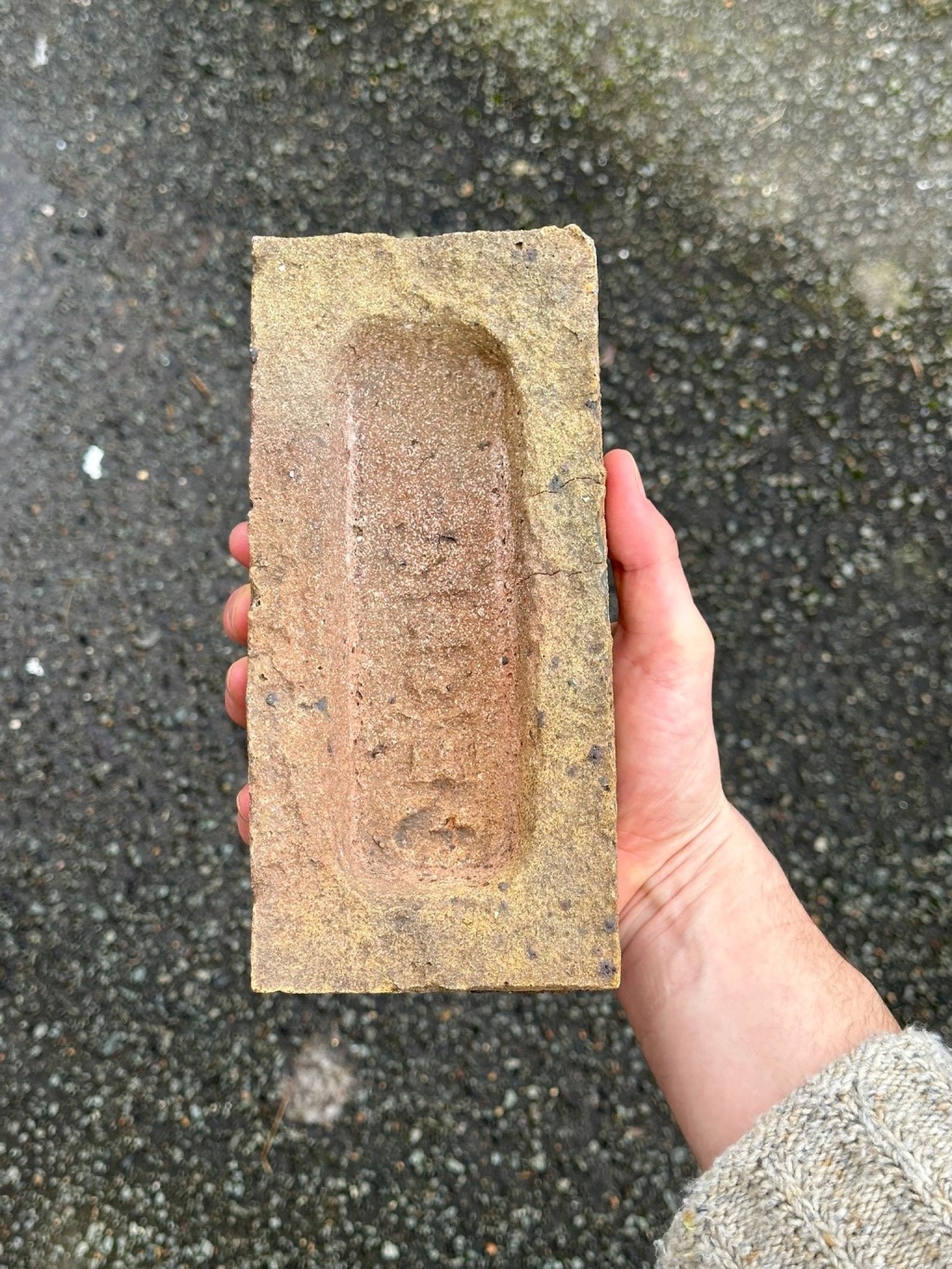
Ruth Scurr, writer, historian and literary critic, on Finella, a house in Cambridge.
GB Tell me why you chose this.
RS Finella is where I write and teach. It is a house on the Backs in Cambridge that Gonville and Caius College has owned since the nineteenth century. Every morning I see it and feel grateful for the beauty it brings into my life and the lives of my colleagues and students.
GB Do you prefer the inside or the outside of the house? With the plants growing over it and the meadow flowers in the garden it looks like, The Yews, the traditional English house it was before the 1929 refurbishment – yet the inside of the house is an Expressionist masterpiece.
RS Originally Finella was a sombre Victorian villa called “The Yews”, the house was renovated by Mansfield “Manny” Forbes (a Scottish Cambridge don) and Roger McGrath (an Australian architect) in the 1920s. They renamed it Finella after the mythical queen of Scotland, “a woman ahead of her times”. The house tells her story. She is reputed to have been Queen of the Cairngorms and to have discovered glass. This explains the use made of glass in the interior design.
According to legend, Finella died by throwing herself into a fountain of glass. There used to be a fountain in the garden that linked the outside with the interior expressionist design and iconography. The fountain has been covered up for decades. If I could change one thing about Finella today, I would bring back the fountain.
Looking out of the window from my desk I see the old yew trees and sometimes the muntjac deer that hide among them. I like the shadows the trees throw across the lawn in all seasons, but best of all when there is snow on the ground. I love the birds in the branches, especially the owls. The inside of Finella is dark and playful. There are plastic fish suspended on the stairs and walls of black laminated glass. There is a serpent pattern in the floor and beaten brass doors.
I find it impossible to imagine Finella as The Yews – to me it seems a triumph of transformation – a rejection of Victorian values as definitive as Lytton Strachey’s Eminent Victorians.
GB Does it feel English to you as it’s such a part of Cambridge culture – in spite of being renovated by a Scot and an Australian?
RS No, it feels feminist and free. In the midst of Cambridge culture and male dominated tradition, Finella is a house that celebrates a radical, pioneering woman. Manny Forbes invited Jacob Epstein to exhibit his massive marble sculpture of a heavily pregnant woman in Finella after it had been ridiculed and judged obscene by the press. Genesis arrived in Finella in May 1939 and promptly fell through the floor. Lady Ottoline Morell came to see Genesis and was taken with the house. Finella has long been a progressive place.
GB It was renovated at a time of great change and said to be ahead of its time. The Grade I Listing text says it has “a significant interior for the history of the Modern Movement.” Do you sense this when you’re inside it? The best part of a century has passed since it was created. Does it look like a museum now?
RS Finella looks nothing like a museum. It is still a place of creative work. The composer Robin Holloway lives in part of the house and fills it with music. Art students visit from time to time and many people teach or are taught in Finella’s various rooms. Some of the interior decoration is scuffed or broken and in need of conservation; some of it, sadly, has been dismantled. But none of this detracts from the spirit of the house.
GB Was Mansfield Forbes also ahead of his time with his English teaching? Is he of interest to you intellectually?
RS Forbes was important in the establishment of the English Faculty at Cambridge. He was a revered teacher but he did not publish academic books. He made four recommendations: read the originals and stay with the best critics; read slowly; aloud; tolerantly. I try to follow these recommendations, especially the last. F.R. Leavis said Forbes was a man “to whom the world owes more than it knows”. I.A. Richards wrote that Forbes made many people realise “what the greater saints were like”. Those remarks make me smile: elegant and evasive, form without content. I think Forbes must have been more direct and to the point than his colleagues.
GB Do you think that surroundings like these have an influence on your work?
RS Undoubtedly.
GB Do you think that there are contemporary equivalents of this house? Not only was it a strikingly original design, it was meant to be a centre for people to discuss aesthetics and ideas.
RS Finella is unique so there are no equivalents, but there are some parallels with Kettle’s Yard in Cambridge. Originally four cottages, Kettle’s Yard was created by Jim Ede and his wife Helen in the late 1950s: a beautiful place “in which stray objects, stones, glass, pictures, sculpture, in light and in space, have been used to make manifest the underlying stability.” I find the idea of houses transformed into places of beauty and education very compelling.
GB What makes something worthy of the word Beauty to you?
RS I am attracted to calm, order and symmetry. Finella would be less beautiful for me if the windows and trellises were unevenly positioned. I find it hard to find beauty in chaos or untidiness or un-neatness. In an article for The Architectural Review in 1929, A.C. Frost described Finella as “half ‘Wuthering Heights’ and half ‘Sense and Sensibility’”. When I was an adolescent, Wuthering Heights appealed to me much more than Sense and Sensibility, but now the reverse is true.




